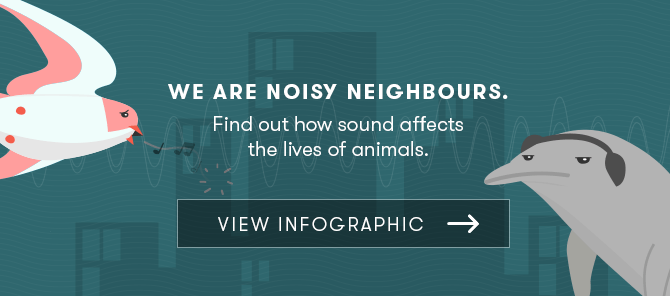Noise pollution and the environment
Expert reviewers
Associate Professor Robert McCauley
Centre for Marine Science and Technology (CMST)
Curtin University
Essentials
- Anthropogenic noise pollution is affecting a range of animals across multiple habitats.
- Animals are altering their natural behaviours or relocating to avoid noisy areas.
- Changes in animal behaviour can have flow-on effects for whole ecosystems.
- Marine animals are also affected by noise from a range of human activities including commercial vessel traffic, oil and gas exploration, seismic surveys and military sonar.
We live in a noisy world, and much of that noise is made by humans. Traffic, machinery, electronics—it’s a constant barrage of sound. How does our noise affect the animals around us? Unlike us, they can’t put in some earplugs, close a window or turn off the stereo. Recent studies are showing that our increasingly loud world is having negative effects on a range of animals, across a variety of habitats.
‘Wait!’ I hear you say. ‘Natural landscapes aren’t always quiet either.’ That’s true, nature can be noisy—from bird calls to wild winds, thunder and animal migrations, the natural environment creates and uses noise in a complex information network. Most animals, however, have specially adapted to the natural noises in their environment—they are aware of them, understand them and know how to use and interpret them.
When we start to add artificial, unfamiliar noises to natural soundscapes, it can alter the acoustic environment of these marine and terrestrial habitats. This can cause a range of problems. It can affect an animal’s ability to hear or make it difficult for it to find food, locate mates and avoid predators.It can also impair its ability to navigate, communicate, reproduce and participate in normal behaviours. Interest in the way sound affects wildlife has intensified over the last decade as more and more studies begin to explore how these changes in behaviour could have flow-on effects for not only individual animals and their populations, but for whole ecosystems.
Examples of these changes are apparent across the globe. Let’s take a look at a few of them.
Flying species
The population and diversity of certain bird populations has been shown to decline or change when exposed to continuous noise generated by urban environments, such as roads, cities and industrial sites.

Several species have begun to adjust their vocal calls in an attempt to be heard above the din. Male great tits (Parus major) for example, have been noted to change the frequency of their call in order to be heard over anthropogenic GLOSSARY anthropogenic(chiefly of environmental pollution and pollutants): originating in human activity noise. Female great tits prefer lower frequency calls when selecting a mate, but these frequencies are harder to hear over urban noise. Males who sing at higher frequencies are less attractive to females, but females may still mate with them if there are no lower-frequency singers available. Males are therefore placed in a difficult position—sing at a lower frequency and not be heard, or sing at a higher frequency and potentially be dismissed!
Another study, conducted in 2007, found that urban European robins (Erithacus rubecula), highly territorial birds who rely strongly on vocal communication, adjusted the timing of their singing to compensate for acoustic pollution. They began to sing at night when it was quieter, rather than only during the daytime, when noise pollution was at a peak. If birds need to sing at night rather than sleep, it can begin to alter behavioural patterns in urban species.
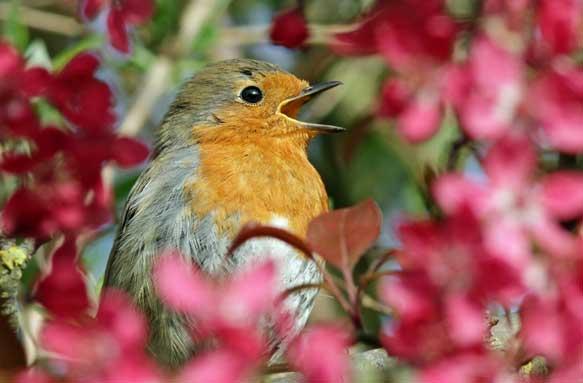
Scientists studying the behaviour of scrub jays, birds common across the western United States, found that they avoid nesting in noisy areas, such as near gas wells where the constantly running compressors drowned out their communication calls. The study’s lead author, Clinton Francis, said, ‘We’re starting to see that noise may actually be a big problem, because [it] acts as a form of sensory pollution, forcing animals to adapt their calls to be heard over it, or leave the area altogether’.
However, the study also found something else—as the scrub jays relocated, the forest they left behind began to decline. The birds are considered critical to the health of the pinyon pine ecosystem in New Mexico. In normal conditions, the birds collect and bury pine seeds in preparation for winter. The birds fail to collect all the seeds they bury, and these become the next generation of trees. In the areas near the gas wells, without jays to plant the seeds, the pines are disappearing. This could have long-term effects on ecosystem diversity and structure.
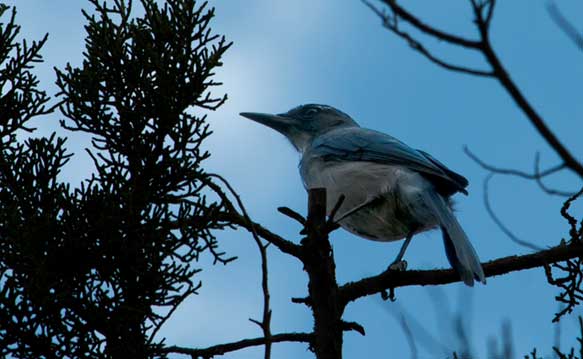
Similarly, some birds, such as the black-chinned hummingbird (Archilochus alexandri), have been shown to commonly select noisy areas, such as near active gas wells, to avoid nest predators who are themselves more susceptible to sound. Again, this change in behaviour can have unexpected flow-on effects. By discouraging species sensitive to loud sound, and replacing them with more tolerant ones, noise may be reshaping ecosystems. This can potentially alter whole food webs and species combinations, resulting in groupings that may never have occurred naturally in the wild. As researcher at Boise State University in Idaho, Jesse Barber, said, ‘We’re not studying noise. We’re studying ecology’.
There are other effects too. A 2013 study by researchers at Boise State University created a ‘phantom road’ using a series of electronic speakers placed in the woods which played the sounds of a busy highway at regular intervals. The phantom road was situated near an important stop for migratory birds, where they would traditionally rest and fatten up before undertaking the journey ahead. For four days the team turned on the speakers playing the faux traffic noise. The results showed that during the periods of noise, birds stopping to rest in the area declined by more than one-quarter. When the speakers were off, the numbers bounced back. The researchers concluded that noise can change an animal’s most basic stay-or-go assessments of habitat, and ‘prompt more than the usual number of birds on thousand-mile marathons to skip a chance to rest and refuel’.
Birds are not the only animals affected by noise. A study published in 2010 found that noise pollution—specifically traffic noise—decreased the foraging efficiency of an acoustic predator, the greater mouse-eared bat (Myotis myotis). Successful foraging bouts decreased and search times increased dramatically with proximity to the highway. As the animals being hunted by the bats are themselves predators, the study noted that ‘the noise impact on the bats’ foraging performance will have complex effects on the food web and ultimately on the ecosystem stability’. Noise pollution could potentially interfere with other acoustic predators, such as owls, in a similar fashion.
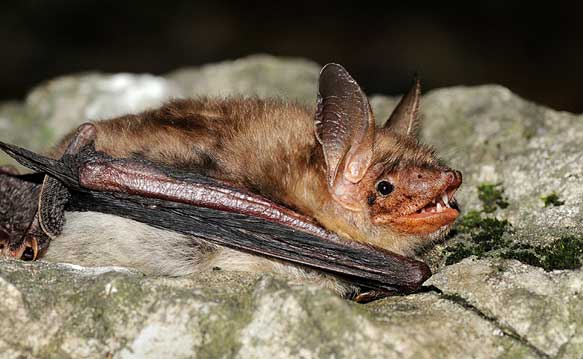
Land species
Noise pollution can also kill off your sex life—at least if you’re a frog. A study conducted in Melbourne, Australia, by Dr Kirsten Parris and colleagues found that, for some highly vocal frog species, noise pollution is correlated with an increase in the frequency of their calls. This increase partially compensates for the loss of communication distance in noise-traffic areas experienced by these frogs. The mating call of male pobblebonk frogs could historically be heard up to 800 metres away by interested females. At very noisy sites, this is reduced to just 14 metres. If male frogs alter their call to a higher frequency to be heard, the females may not like what they hear. Female frogs of some species prefer lower-pitched calls, which often indicate larger and/or more experienced males. Once again for the male frogs, it’s a tough call—to not be heard, or to be heard and rejected!

Researchers noted a different outcome for the black-tailed prairie dog (Cynomys ludovicianus) in free-ranging colonies in Colorado. The dogs were exposed to simulated traffic noise from a series of speakers, similar to that which would be heard if a real highway were 100 metres from the colony. The dogs did not leave their homes, but the researchers did note a distinct change in their behaviour during times of traffic noise broadcast:
- The number of prairie dogs above ground declined by 21 per cent.
- The proportion of individuals foraging declined 18 per cent.
- Vigilance (looking out for predators) increased by 48 per cent.
- Social interactions and resting declined by 50 per cent.
The researchers concluded that ‘road noise can alter key survival behaviours’ and that ‘these findings highlight that the presence of animals in a location is no guarantee of population and ecological integrity’. So while noise pollution may not necessarily drive animals away from a site, it may alter their established behaviours and be having a less-obvious negative effect on their physical wellbeing.

Marine species
At least our marine creatures are okay, you might think. They swim in the quiet depths of the ocean with only the gentle lapping of waves to listen to. But, unfortunately, noise made by humans is increasingly disrupting life below the surface, with many marine animals being affected.
Rising levels of intense underwater sound are produced by a range of sources—shipping traffic, industrial noise from oil and gas exploration, seismic surveys, military sonar and others. This cacophony can present a range of problems for marine species, many of which rely on hearing as their primary sense for mating, hunting and communicating.
Noise travels faster in the water (approximately 1,500 metres per second—around five times faster than on land) and attenuates GLOSSARY attenuatesreduces the force, effect, or value of less per unit of distance from the source (that is, it doesn't lose its intensity as quickly as it does on land). Between 1950 and 1975, ambient noise over low frequencies at one location in the Pacific Ocean increased by about 10 decibels, representing a tenfold increase. This trend is not universal though, and is not as apparent at other frequencies. But there are many areas of the world's oceans which do show high levels of human-made noise, particularly in ocean basins heavily searched for petroleum, and near shipping lanes or port facilities.
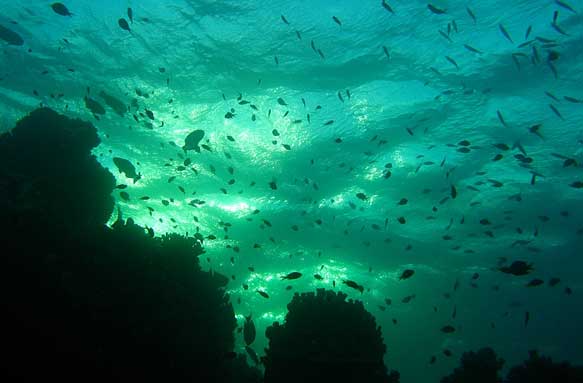
Many cetaceans—marine mammals such as whales, dolphins and porpoises—live in a world largely defined by acoustic information. They use sound to communicate, and to navigate and monitor their surroundings, creating a picture of the world around them with 3D clarity. By emitting pulses of active sonar clicks they can echolocate food sources and pinpoint features in the environment around them down to millimetres. Their ‘songs’ and clicks can communicate with animals hundreds of kilometres away.
In the open ocean some species are even able to hear sounds thousands of kilometres away, from waves breaking on the shore to cracking ice. They use this information to help navigate and guide their migrations.
With the ability to hear being so important to these mammals, it is important to take note of the increasing studies showing that acoustic pollution from the human world can harm these animals in several ways.
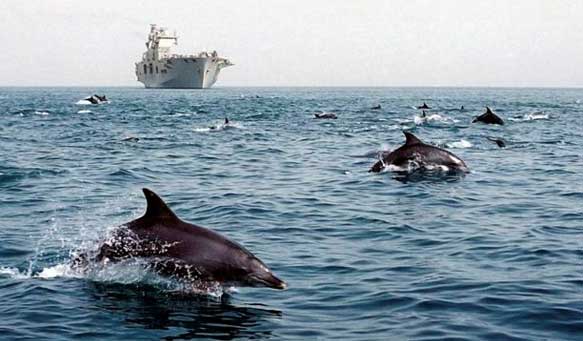
High-intensity sonar used by the United States Navy and others around the world can emit sounds in excess of 235 decibels (equivalent to a rocket taking off), and powerful air guns used in oil and mineral exploration can also emit bursts of sound that can travel thousands of kilometres in the deep ocean. These loud noises can not only directly damage a cetacean’s hearing, but also interfere with their own sonar navigation system. In 2000, whales of four different species stranded themselves on beaches in the Bahamas after United States sonar-system testing in the area. A government report after the incident established that the mid-frequency sonar was the cause of the strandings. While scientists know that mass strandings of whales have occurred for millions of years, there is increasing evidence that human-made sound might be increasing their occurrence. Of 40 recorded instances of mass strandings of Cuvier’s beaked whales since the 1960s, 28 have occurred at the same time and place as naval manoeuvres or the use of active sonar. Other studies have specifically linked strandings to sonar.
[The] weight of accumulated evidence now associates mid-frequency, military sonar with atypical beaked whale mass strandings. This evidence is very convincing and appears overwhelming.The Scientific Committee of the International Whaling Commission, 2004
Other incidences of beached whales show signs of physical trauma such as bleeding around the ears, brain and other tissues, as well as air bubbles in their organs. Known as barotrauma, this can occur from the sudden change in pressure caused by a sound. These symptoms are akin to ‘the bends’, an illness which can also affect human divers when they surface too quickly from deep water. Some scientists also speculate that mid-frequency sonar blasts may prompt certain species to quickly alter their dive patterns, resulting in debilitating or even fatal injuries.
While strandings are an immediately obvious sign of some sort of distress or confusion, there are other, more subtle, ways that noise pollution can affect these mammals. A range of cetaceans have displayed changes in behaviour. For example noise has been shown to reduce humpback whale communication, with less ‘song’ during periods of noise, even when the origin of the noise is 200 kilometres away. Both right and blue whales have been found to increase the level of vocalisations when exposed to sound sources in their vocal range. In effect, they need to ‘shout’ to allow themselves to be heard. Chronic stress in baleen whales has been associated with low-frequency shipping noise, while other whale species have been shown to avoid important habitats (key breeding and/or feeding grounds) as they purposely evade areas of high noise. They can also experience lower respiration rates resulting in shorter dive periods. Whales off the coast of Western Australia have been recorded changing course and speed to avoid close contact with active seismic surveys.
Undersea noise pollution is like the death of a thousand cuts. Each sound in itself may not be a matter of critical concern, but taken all together, the noise from shipping, seismic surveys, and military activity is creating a totally different environment than existed even 50 years ago. That high level of noise is bound to have a hard, sweeping impact on life in the sea.Dr Sylvia Earle, oceanographer
It’s not only the larger animals that are being affected. Squid and other cephalopods have also shown negative responses to noise pollution. Even short exposure to low-frequency, low-intensity sounds―such as those produced by offshore oil drilling and commercial fishing―can disturb the balance systems of squid, octopuses and cuttlefish. A study conducted in 2011 collected 87 wild cephalopods across four species and exposed them to short bursts of low-intensity, low frequency sound for a period of two hours. The animals were then dissected to examine their statocysts (the organ responsible for their maintaining balance in the water). The results were disconcerting: every octopus, squid and cuttlefish had damage to its statocyst, including ruptured and missing hair, swollen nerve cells and even legions and holes in the statocyst’s sensory surface.
Even fish larvae are being affected. Recent studies have shown that larval fish and invertebrates are moving away from their traditional habitats. Interestingly, many are settling instead in places that have (low-frequency) noise caused by shipping. This movement has flow-on effects for the ecosystems that depend on these larvae.
Other species, such as hermit crabs, have been shown to be less responsive to visual predators when in high-noise environments. The authors of one study proposed a ‘distracted prey hypothesis’ to explain the finding, and noted that it demonstrates the potential for noise pollution to affect behaviours that are stimulated by non-auditory information.
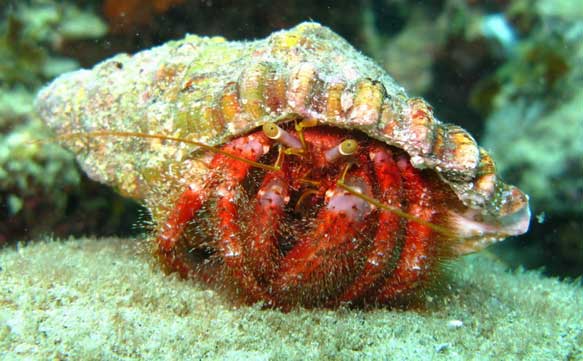
So … what are we doing about it?
In response to the growing evidence regarding noise pollution and its effect on animals, some changes are being made.
On land
Some of the ways noise in which pollution from traffic can be reduced are by developing quieter roads and cars; installing noise-reduction barriers around major traffic areas; lowering speed limits; educating drivers; and implementing relevant legislation to progressively reduce noise. Other strategies include the use of better materials; improved site planning; and the undertaking of detailed environmental assessments before construction on houses and industrial sites is permitted, with follow-up assessments after construction is completed.
In the sea
Scientists are working to better understand where and how noise pollution is generated, and where it is causing the most problems. They are working with industry and government on solutions including, currently, establishing ‘quiet areas’ for marine species and reducing noise levels in critical habitats; developing greener technology, including quieter ships, hulls shapes and machinery; and advocating for national regulation relating to the amount of noise (by all sources) that can be released into the ocean.
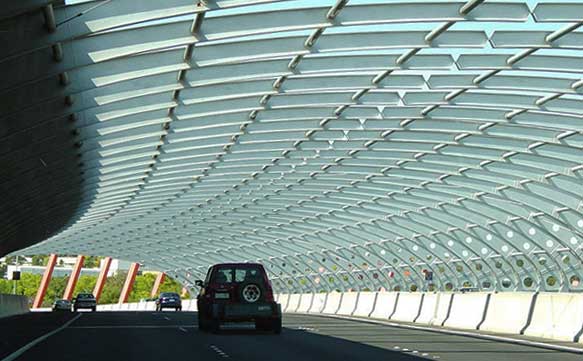
Conclusion
The body of evidence regarding the harmful effects of noise pollution on a range of animals—from the giant blue whale to the pobblebonk frog—is growing. But what can we do about it? We won’t suddenly all stop driving, close our industries or cease shipping and ocean exploration. Solutions will need to come from all sectors. Science can help us better understand the issues and problems these species are facing; technical innovation will need to provide improved, quieter technologies; governments will need to be active in passing legislation limiting or restricting periods and types of noise; and the rest of us can take small steps to mitigate our own noise output.
After all, the problematic noise is being generated by the human world, and it is up to us to find ways to reduce and stop it. Managing our natural environment is about managing people; we need to act.






